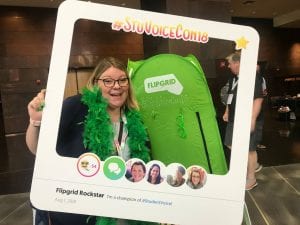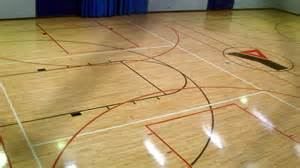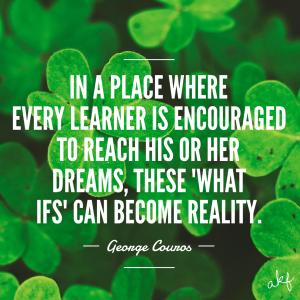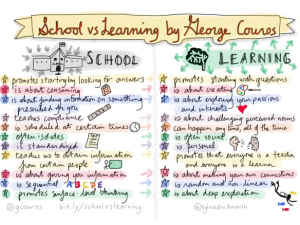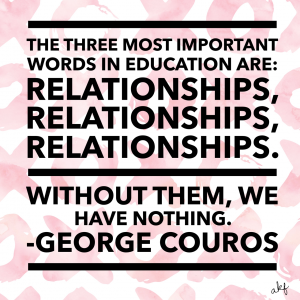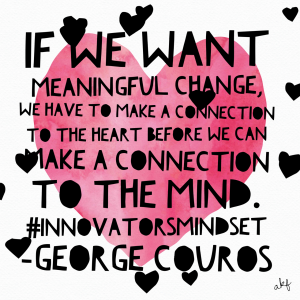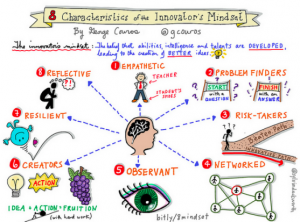
As if I wasn’t a super fan of Flipgrid already… my trip to Minneapolis for FlipgridLIVE took my obsession to another level! But before I dive into the latest and greatest of Flipgrid, I want to reflect on my journey thus far.
Here are some ways I have used Flipgrid with community, staff, and students.
(Make sure look for links for examples)
**COMMUNITY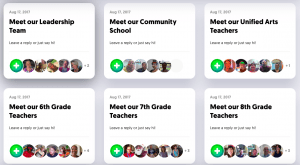
1. Meet The Staff – a grid for all staff members to introduce themselves, what grade/subject they teach, and why they love teaching.
2. Community Careers – Groups went throughout the city to visit different places of employment. They recorded part of the presentation and interviewed an employee or two.
3. What I’m Thankful For – Students, Teachers, Families, were all invited to add to this grid!
**STAFF
1. Book Study – Teachers left reflections, questions, and take-a-ways for each chapter. We meet in grade level teams but all read the book so they could on and get other perspectives than just their grade level.
2. Mind Blown – Teachers record new learning and ah ha moments from professional development.
3. Birthday Grid – Each staff member is a topic and we could on and wish them a happy birthday!
4. Get Well Soon – When staff members are out for extended amounts out time we can send well wishes via this grid!

5. Welcome Back – I reached out to my Twitter PLN and asked anyone willing to record well wishes for the start of the school year for my teachers.
6. Empower vs Engage – I reached to my Twitter PLN to answer the question, “What is the difference between empowering students and engaging students?” and then as a staff we discussed and formed our own definitions.
7. Summer Stories – I had teachers get into groups and share their ONE favorite memory from the summer and as they shared they had to write down each person’s response. When they were done, I told them they needed to act their collective group summer story. Such a fun welcome back activity!
8. Holiday Mad-Libs – Printed off some holiday mad-libs, had teachers fill them out, and then told them they had to act out their mad-lib! Click here for a laugh!
9. Caught Ya Doing Good – A grid for staff to leave shoutout to other staff members. We would review together at faculty meetings.
10. Our Cluster ROCKS – 3 elementary schools feed into our middle school so we created a grid for the teachers to collaborate and connect.**
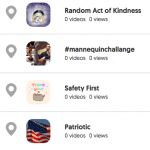
11. Staff Scavenger Hunt – For a professional development team building activity, I sent the teachers out into the community and had to complete several challenges including home visits to students!
**STUDENTS (Remember, I’m a coach and this is just what I did! My teachers ROCK with ALL the ways they use Flipgrid!)
1. Tech Trainers – My students team recorded training videos for teachers.
2. #12DaysofFlipgrid12 days before winter break there was a daily challenge for kids to leave a video. They could do it at school or at home. Each video was an entry into a drawing for a flipgrid stickers!
3. I’m Lucky to Have You As a Teacher – Around St. Patrick’s Day, students left a response for teachers in our school starting with “I’m lucky to have you as a teacher because…”

4. Math Grid – I taught math for a month while a teacher was out and I had students explain their work, work out problems live on the recording, explain what they remembered from the day’s lesson, etc.
5. Student Scavenger Hunt – Took each grade level of students who never had a referral to the office to the park and let them loose! They had to complete several challenges and the proof was in the recording!
6. Hit the Note – An amazing science/music lesson from OK GO, I had the students record their songs once they found their notes. Listen HERE! (If you need a password it is: hitthenote)
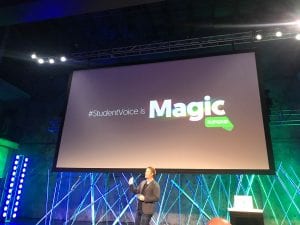
I can’t wait to take my FLIPGRIDNESS to the next level with all the new updates! #STUDENTVOICEISMAGIC Go to their BLOG for so many resources!
